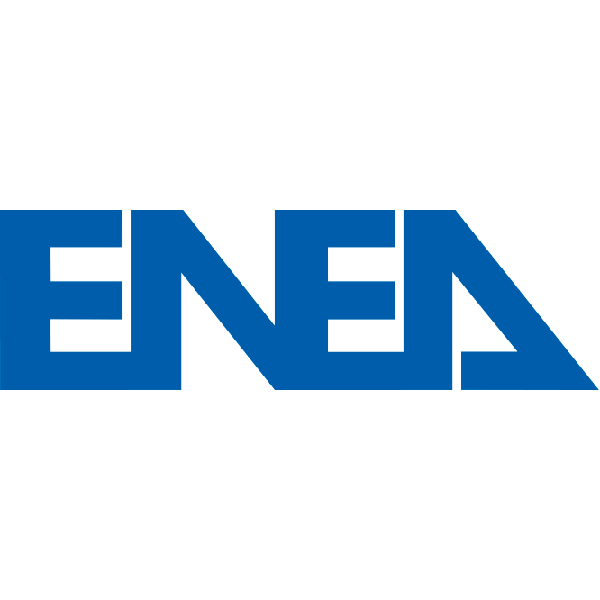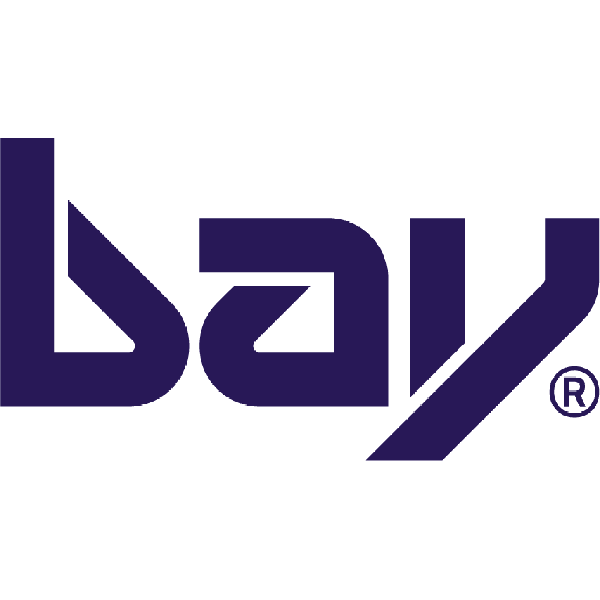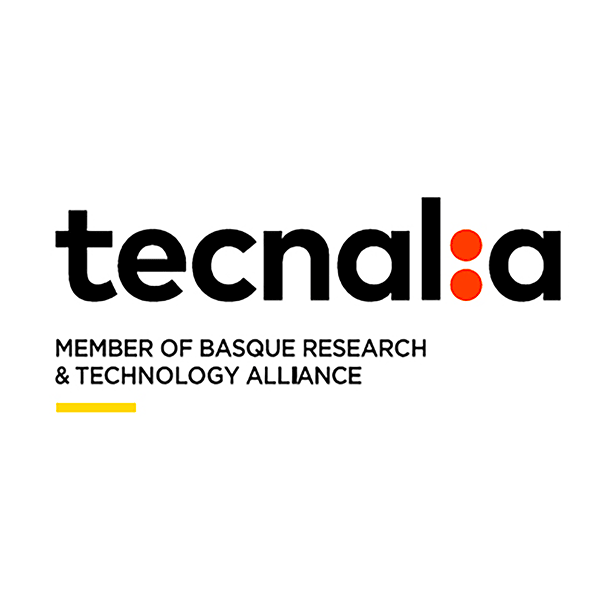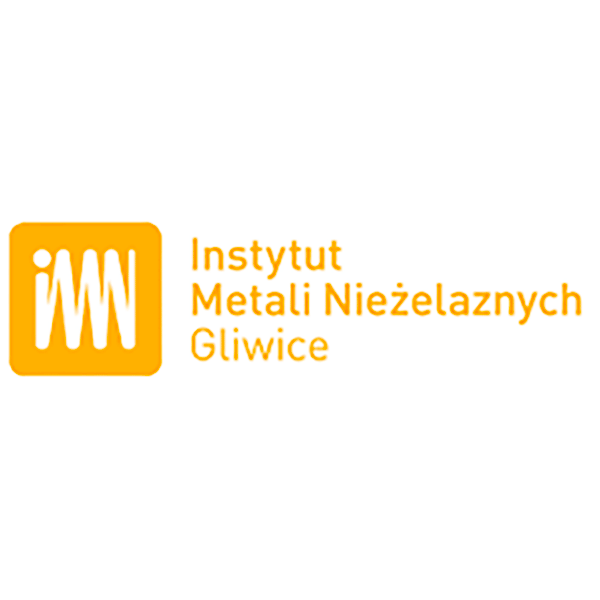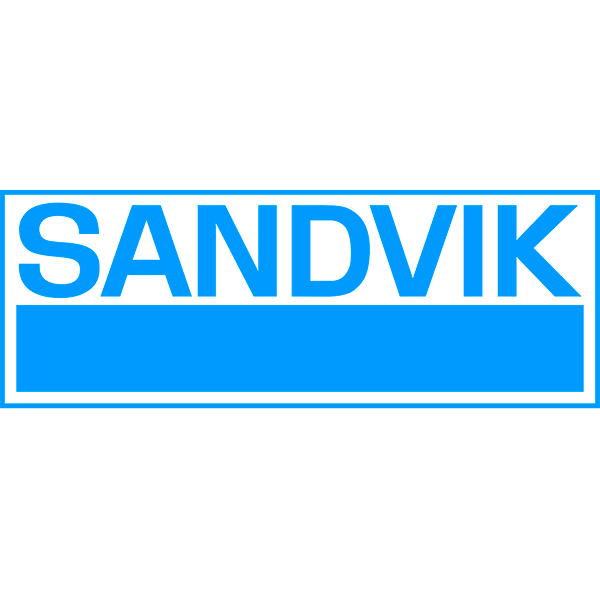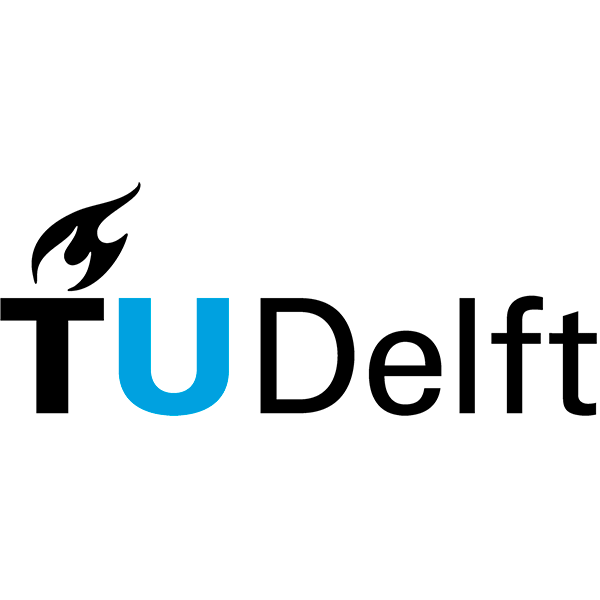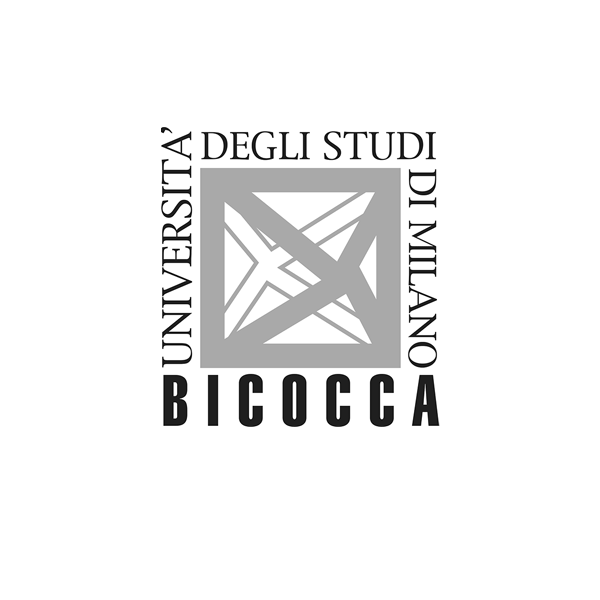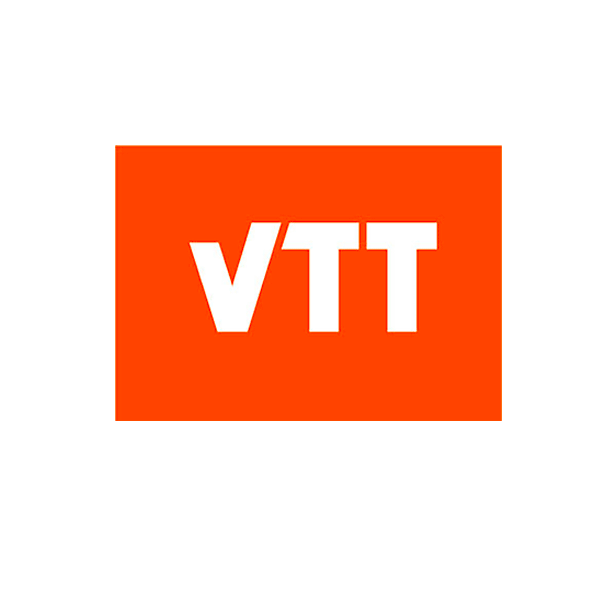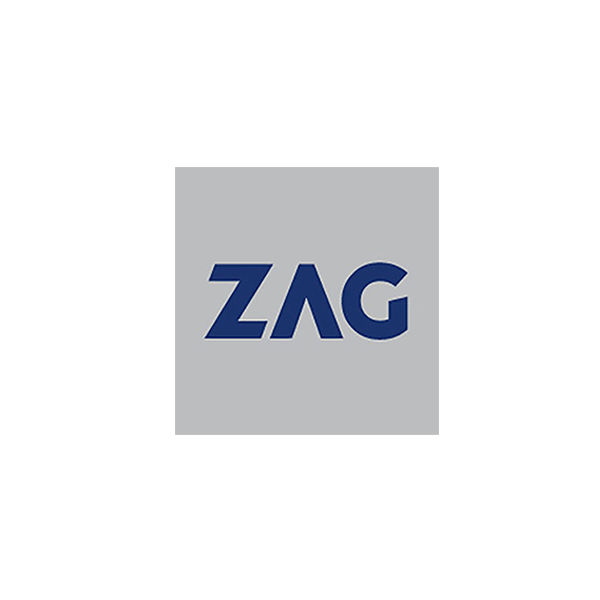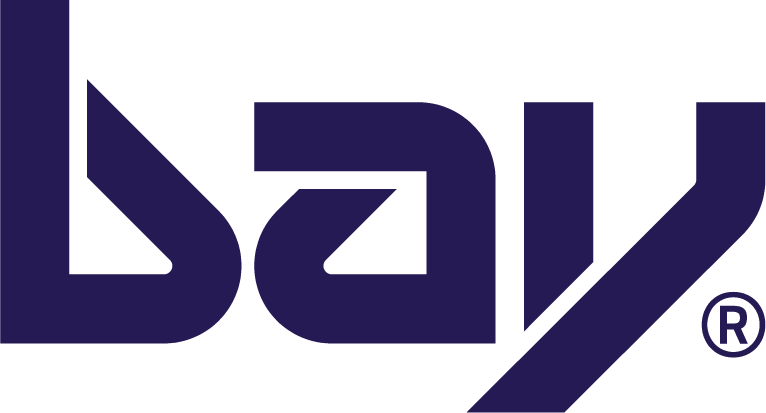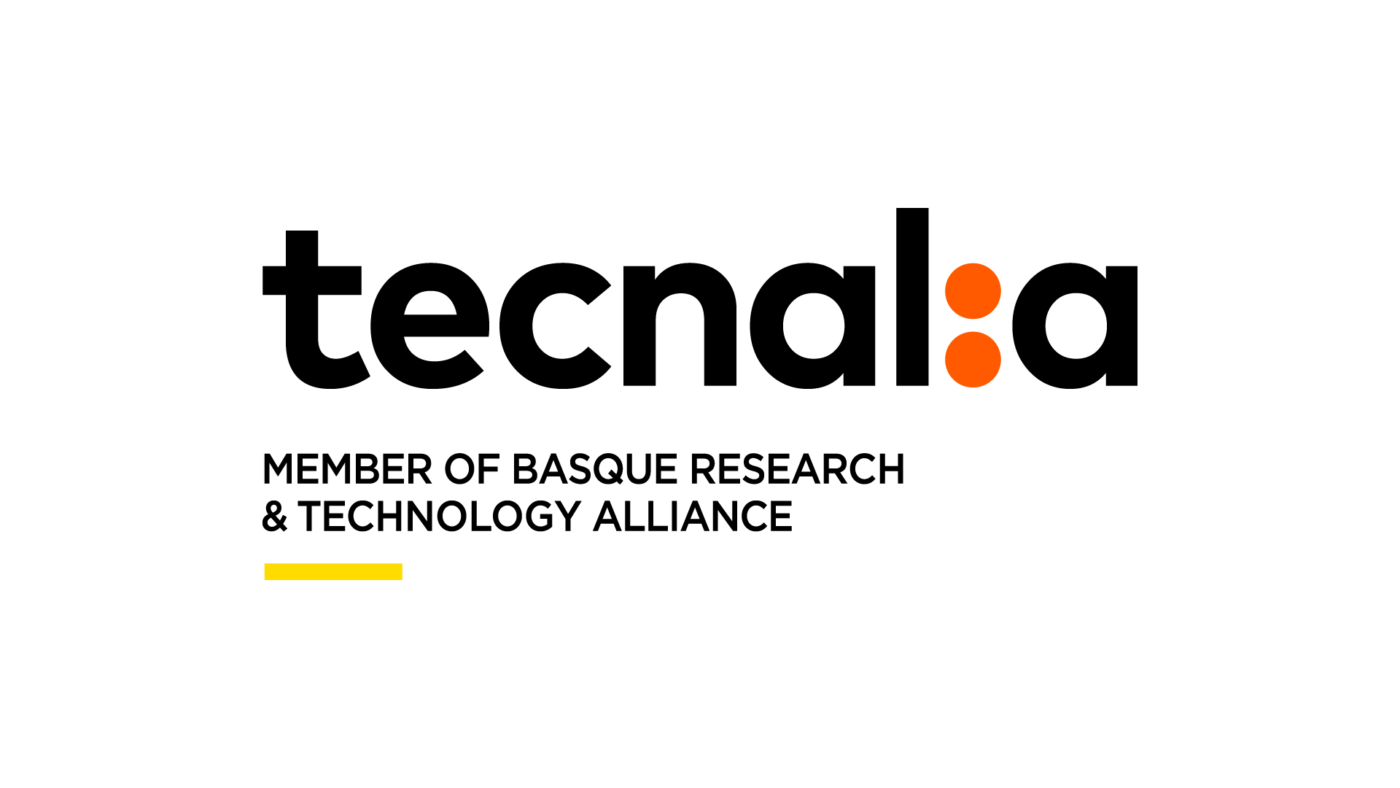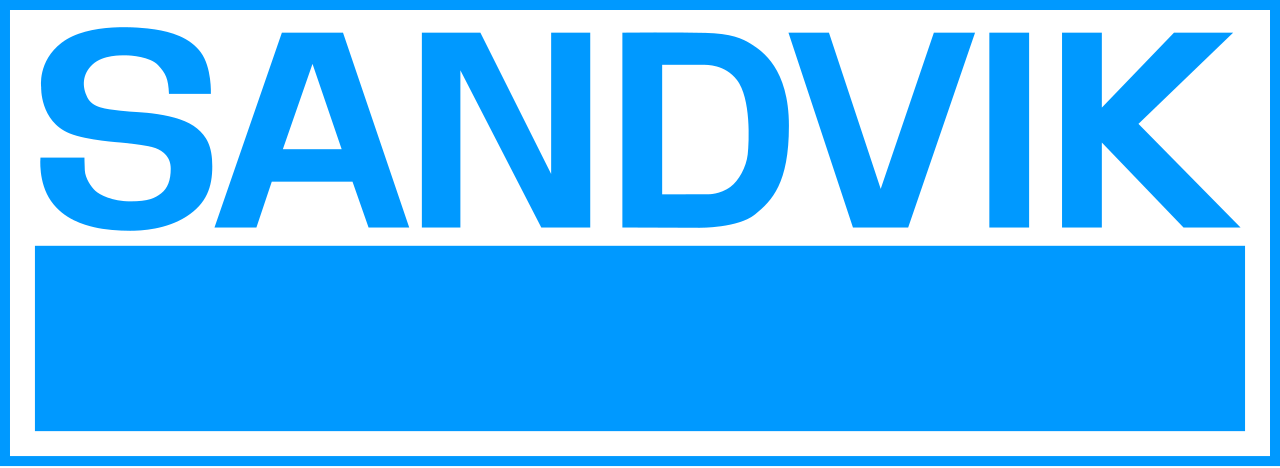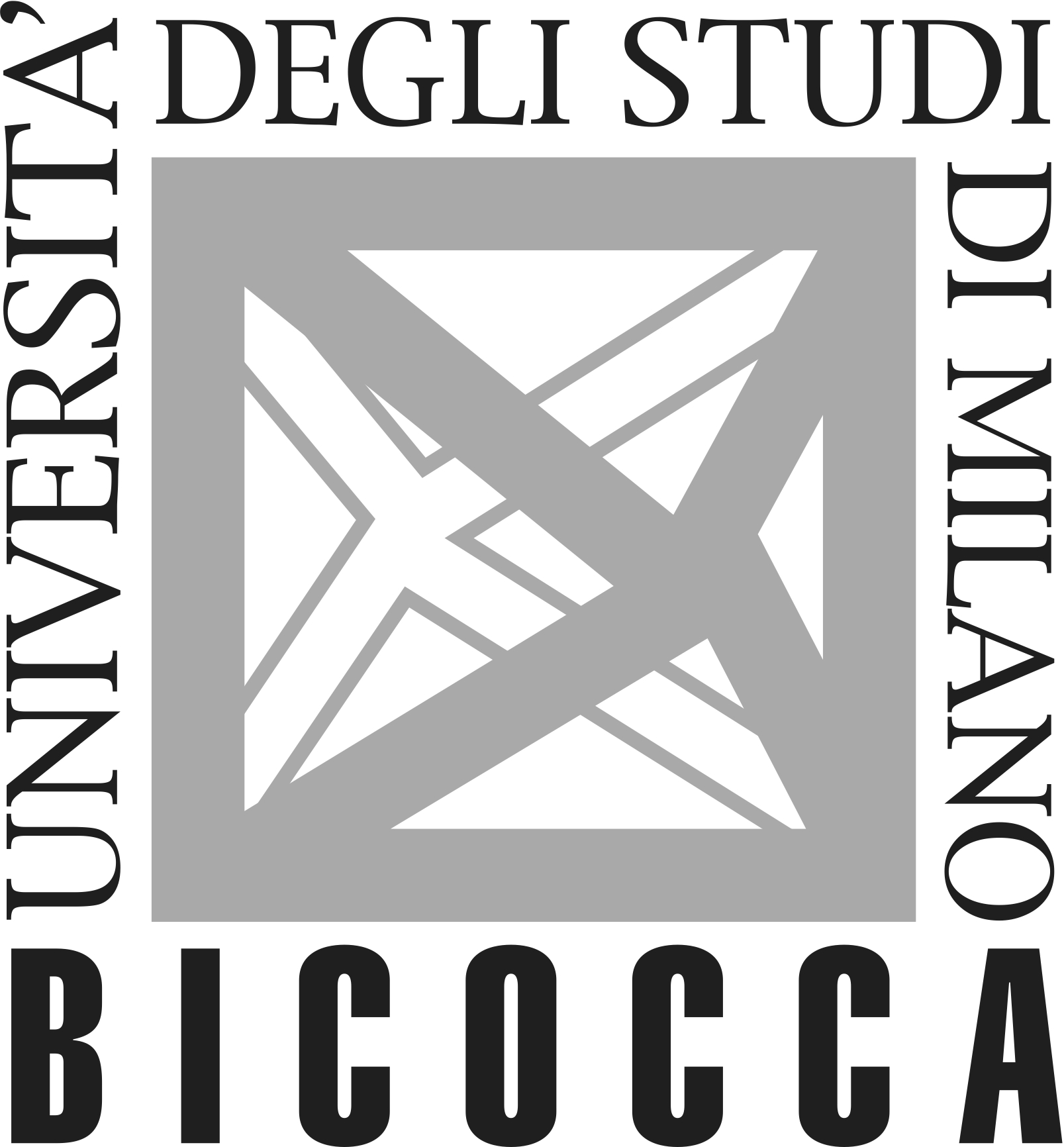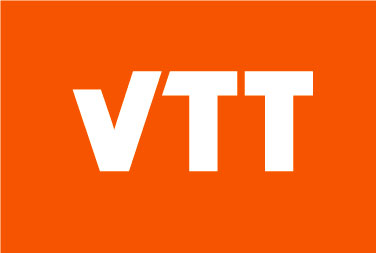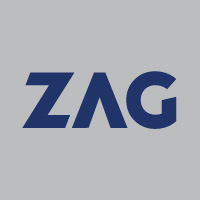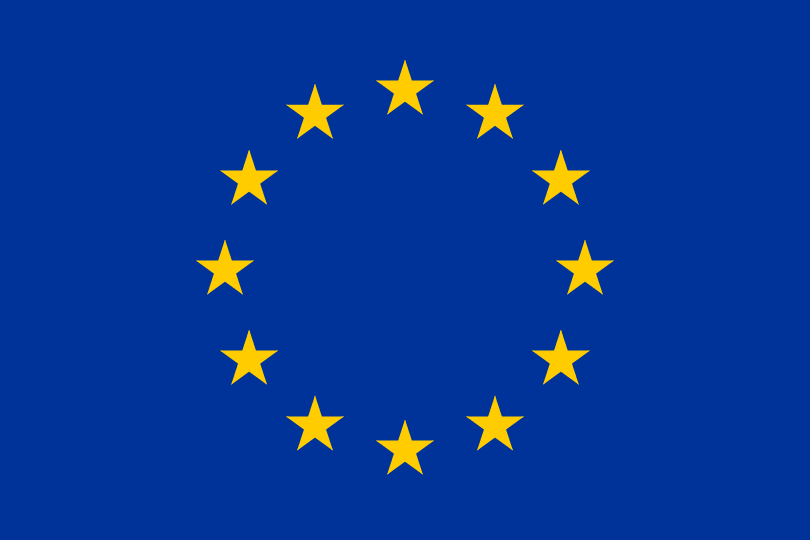EXTREME
is a network of European infrastructures that has been constituted through a project founded by the KIC EIT Raw Materials. The network EXTREME is based on laboratories, advanced equipment, demo and pilot plants, owned by partners with skills and expertise on the substitution/reduction of critical raw materials (CRMs) used under challenging conditions of temperature, wear, friction, loading, corrosion, etc., that are easily reached in several technological and industrial fields, like manufacturing, machining, transport, and construction sectors.
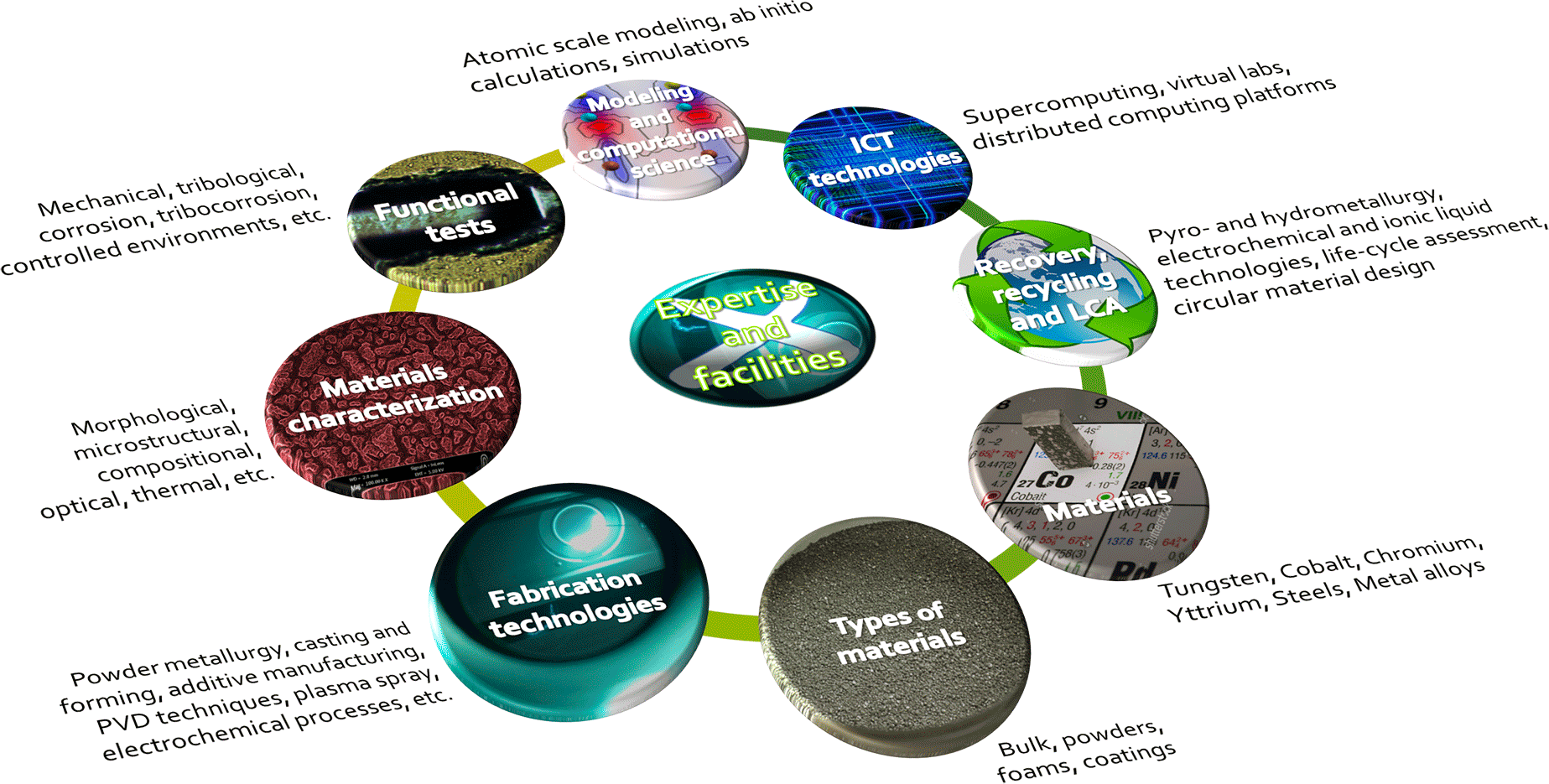
The main objectives of the network are:
- development of new shared actions focused at the substitution and efficient use of critical raw materials used under extreme conditions, exploiting expertise and facilities owned by the partners;
- providing services (e.g. modeling of alternative materials, development of bulk and coating materials and related process optimization, characterization and functional testing of materials, recovery and recycling of materials, training of professionals and researchers, etc.) to enterprises, industries and research institutions in the interested sectors;
- supporting related Education activities.
The impact of the network on the selected industrial fields is also enhanced through cooperation with related initiatives, like the COST action CA15102 CRM-EXTREME and the EIP commitment SUBST-EXTREME.

